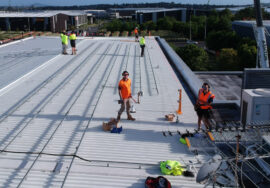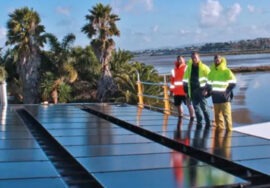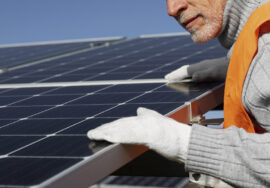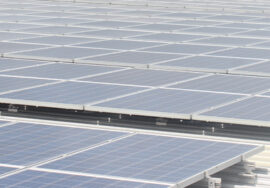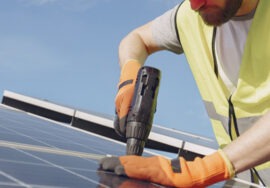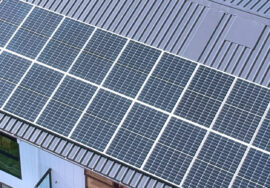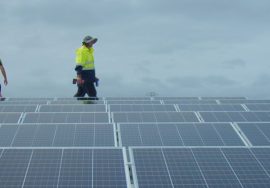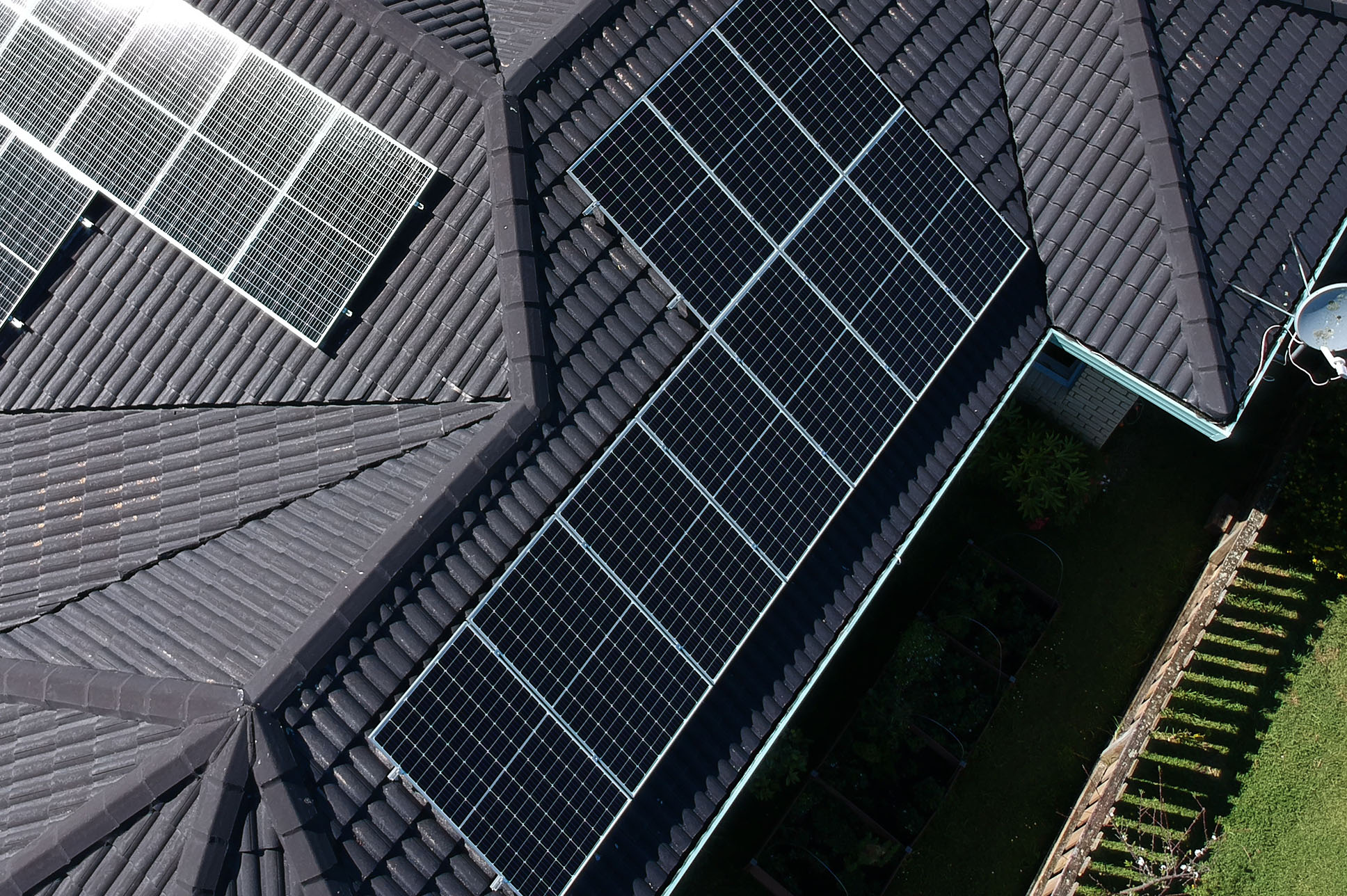
Solar Panel Efficiency
Solar panel efficiency is a measure of the amount of sunlight (irradiation) that falls on the surface of a solar panel and is converted into electricity.
Due to the many advances in photovoltaic technology over recent years, the average panel conversion efficiency has increased from 15% to well over 20%. This large jump in efficiency resulted in the power rating of a standard size panel increasing from 250W up to 370W.
As explained in detail below, solar panel efficiency is determined by two main factors; the photovoltaic (PV) cell efficiency, based on the cell design and silicon type, and the total panel efficiency, based on the cell layout, configuration, and panel size.
Cell Efficiency
Cell efficiency is determined by the cell structure and base silicon material used which is generally either P-type or N-type. Cell efficiency is calculated by what is known as the fill factor (FF), which is the maximum conversion efficiency of a PV cell at the optimum operating voltage and current.
The cell design plays a significant role in panel efficiency. Key features include silicon type, multiple busbars (MBB), and passivation type (PERC). The high-cost IBC cells are currently the most efficient (20-22%), due to the high purity N-type silicon cell base and no losses from busbar/finger shading. However, recent mono PERC cells with MBB and the latest heterojunction (HJT) cells have achieved efficiency levels well above 20%.
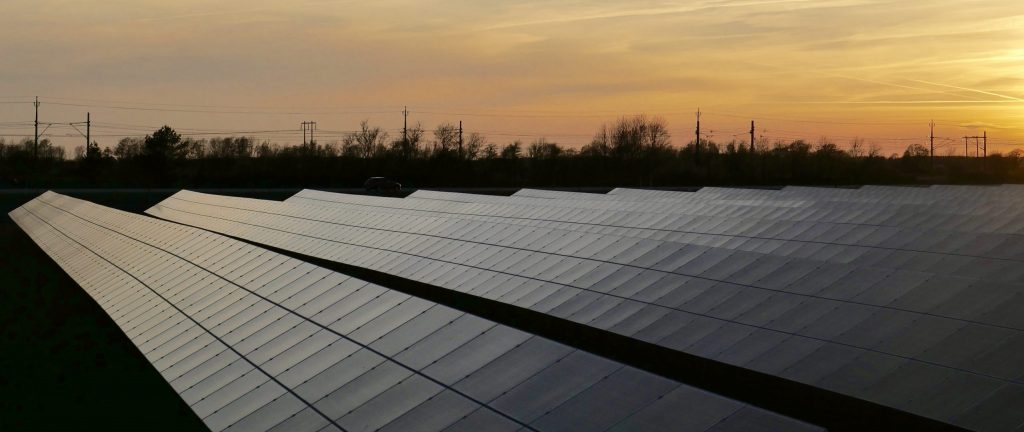
Panel Efficiency
Total Panel efficiency is measured under standard test conditions (STC), based on a cell temperature of 25°C, solar irradiance of 1000W/m2 and Air Mass of 1.5. The efficiency (%) of a panel is calculated by the maximum power rating (W) at STC, divided by the total panel area in meters.
Overall panel efficiency can be influenced by many factors including; temperature, irradiance level, cell type, and interconnection of the cells. Surprisingly, even the colour of the protective backsheet can affect efficiency. A black backsheet might look more aesthetically pleasing, but it absorbs more heat resulting in higher cell temperature which increases resistance, this in turn slightly reduces total conversion efficiency.
Panels built using advanced ‘Interdigitated back contact’ or IBC cells are the most efficient, followed by heterojunction (HJT) cells, half-cut and multi-busbar monocrystalline PERC cells, shingled cells and finally 60-cell (4-5 busbar) mono cells. 60 cell poly or multicrystalline panels are generally the least efficient and equally the lowest cost panels.
Panels built using advanced ‘Interdigitated back contact’ or IBC cells are the most efficient, followed by heterojunction (HJT) cells, half-cut and multi-busbar monocrystalline PERC cells, shingled cells and finally 60-cell (4-5 busbar) mono cells. 60 cell poly or multicrystalline panels are generally the least efficient and equally the lowest cost panels.
Why Efficiency Matters
The term efficiency is thrown around a lot but a slightly more efficient panel doesn’t always equate to a better quality panel.
Many people consider efficiency to be the most important criteria when selecting a solar panel, but what matters most is the manufacturing quality which is related to real-world performance, reliability, manufacturer service, and warranty conditions.
Faster Payback
In environmental terms, increased efficiency generally means a solar panel will payback the embodied energy (energy used to extract the raw materials and manufacture the solar panel) in less time. Based on detailed lifecycle analysis, most silicon-based solar panels already repay the embodied energy within 2 years. However, as panel efficiency has increased beyond 20%, payback time has reduced to less than 1.5 years in many locations. Increased efficiency also means a solar system will generate more electricity over the average 20+ year life of a solar panel and repay the upfront cost sooner, meaning the return on investment (ROI) will be reduced even further.
Solar panel efficiency generally gives a good indication of performance, especially as many high-efficiency panels use higher grade N-type silicon cells with improved temperature coefficient and lower degradation over time.
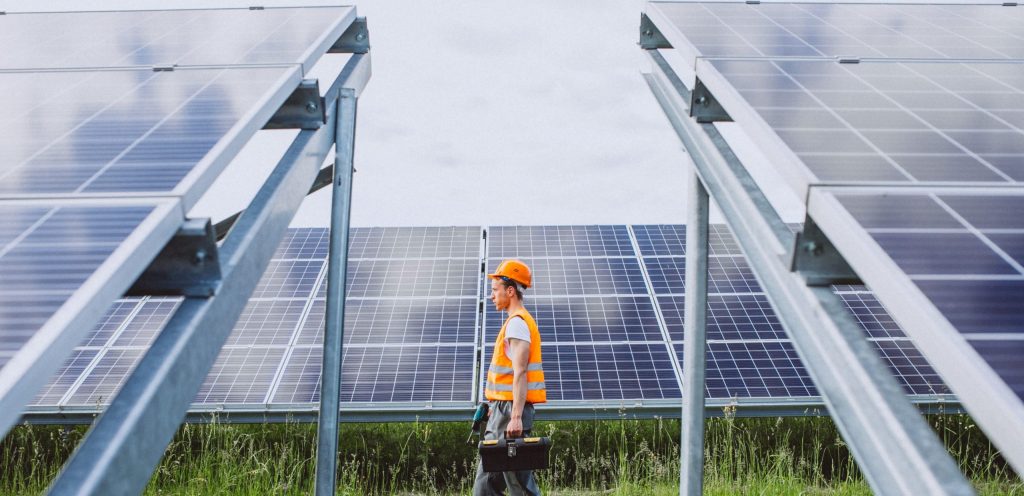
Efficiency elements
Area Vs Efficiency
Efficiency does make a big difference in the amount of roof area required. Higher efficiency panels generate more energy per square meter and thus require less overall area. This is perfect for rooftops with limited space and can also allow larger capacity systems to be fitted to any roof.
Cost Vs Efficiency
All manufacturers produce a range of panels with different efficiency ratings depending on the silicon type used and whether they incorporate PERC, multi busbar or other cell technologies.
Very efficient panels above 21% featuring N-type cells are generally much more expensive, so if cost is a major limitation it would be better suited to locations with limited mounting space, otherwise, you can pay a premium for the same power capacity which could be achieved by using 1 or 2 additional panels.
However, high-efficiency panels using N-type cells are will almost always outperform and outlast P-type cell panels due to the lower degradation rates, so the extra cost is usually well worth it in the long term.
Panel Size Vs Efficiency
Panel efficiency is calculated by the power rating divided by the total panel area, so just having a larger size panel does not always equate to higher efficiency. However, larger panels using larger size cells increases the cell surface area which does boost overall efficiency.
Most common residential panels still use the standard 156mm square 60-cell panels while commercial systems use the larger format 72 cell panels. However, as explained below, a new industry trend emerged in 2020 towards much larger panel sizes built around new larger size cells which increased panel efficiency and boosted power output up to an impressive 600W.
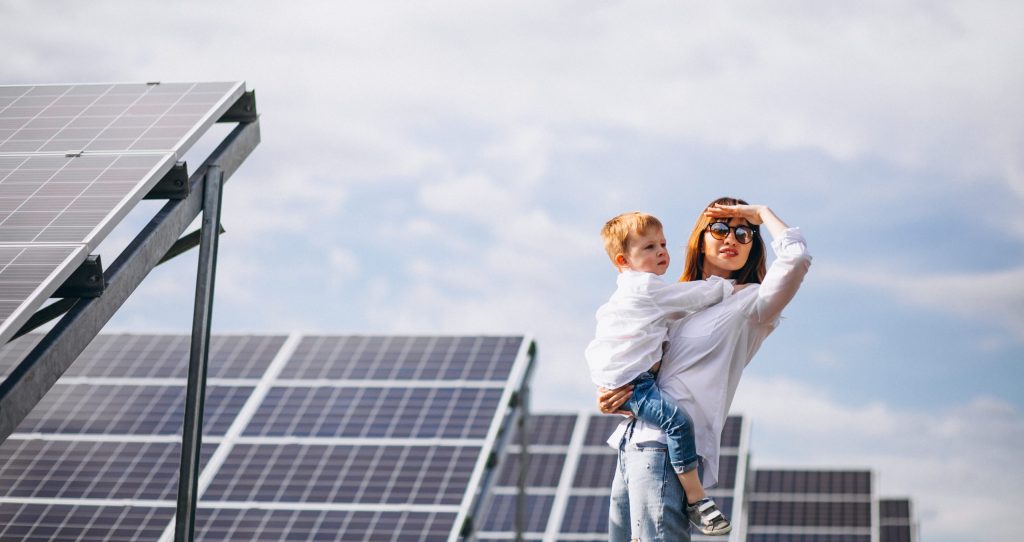
Most Efficient Solar Cells
The most efficient solar panels on the market generally use either N-type (IBC) monocrystalline silicon cells or the another highly efficient N-type variation, heterojunction (HJT) cells.
Most other manufacturers currently use the more common P-type mono-PERC cells; however, several large volume manufacturers, including JinkoSolar, Longi Solar and Trina, are now starting to shift to the more efficient N-type cells.
Efficiency of different solar PV cell types
- Polycrystalline – 15 to 18%
- Monocrystalline – 16.5 to 19%
- Polycrystalline PERC – 17 to 19.5%
- Monocrystalline PERC – 17.5 to 20%
- Monocrystalline N-type – 19 to 20.5%
- Monocrystalline N-type HJT – 19 to 21.7%
- Monocrystalline N-type IBC – 20 to 22.6%
ABOUT TRILECT SOLAR
Trilect Solar is a division of Trilect Services, New Zealand’s master electrician since 1997.
We are members of the Sustainable Energy Association of New Zealand (SEANZ) which offers additional peace of mind to our customers.
Trilect Electrical Services is a large electrical service company which is a member of the Master Electricians & Mastercraft network with 40 employees and a 20+ years history of customer satisfaction.
We do not use sub-contractors. All of the installations will be carried out by our experienced team.
Trilect Solar offers a customised energy plan that works for your home/ business.
Get started now by booking a free on-site consultation.
Request Your On-site Consultation
Or call us on (09) 271 2493

